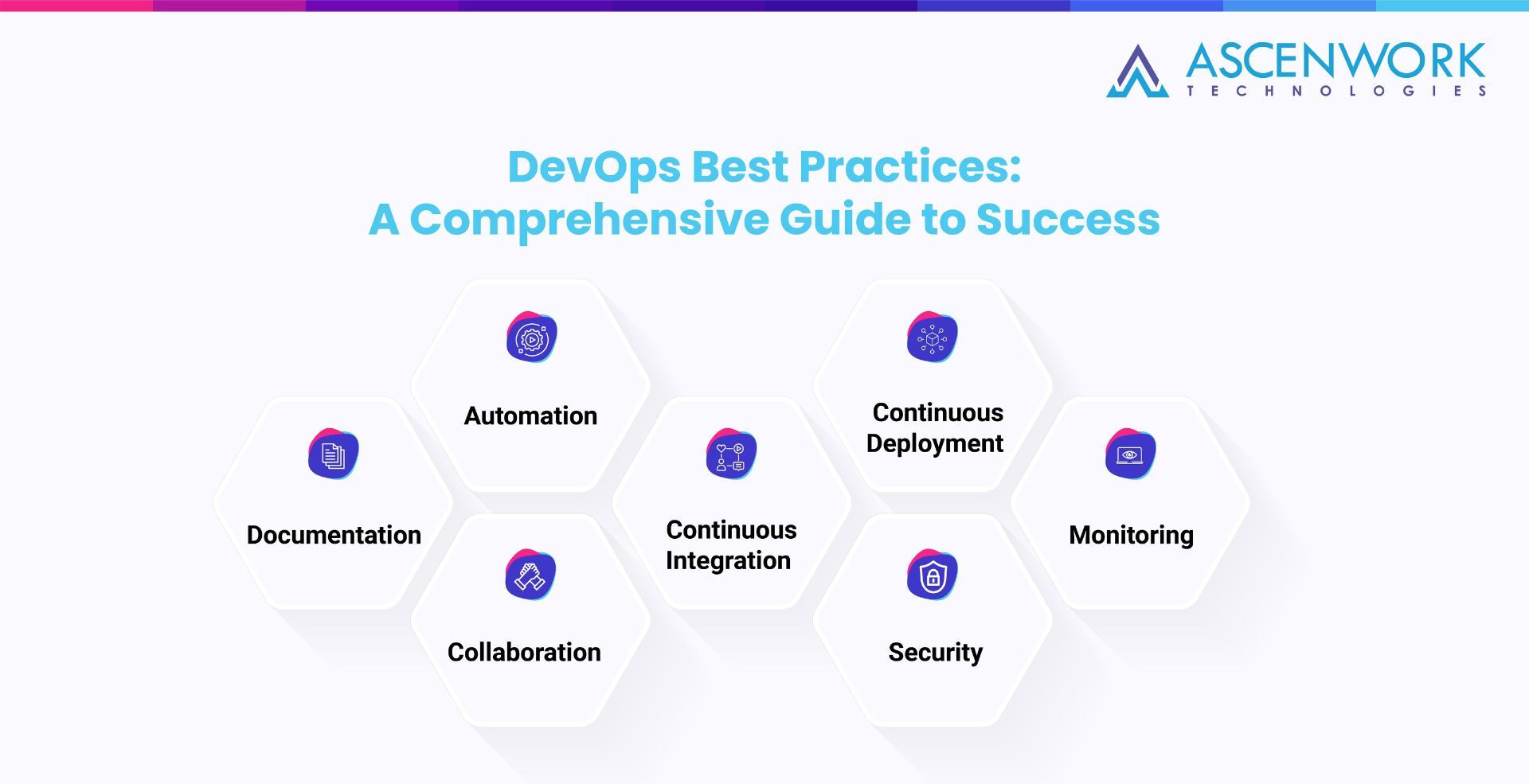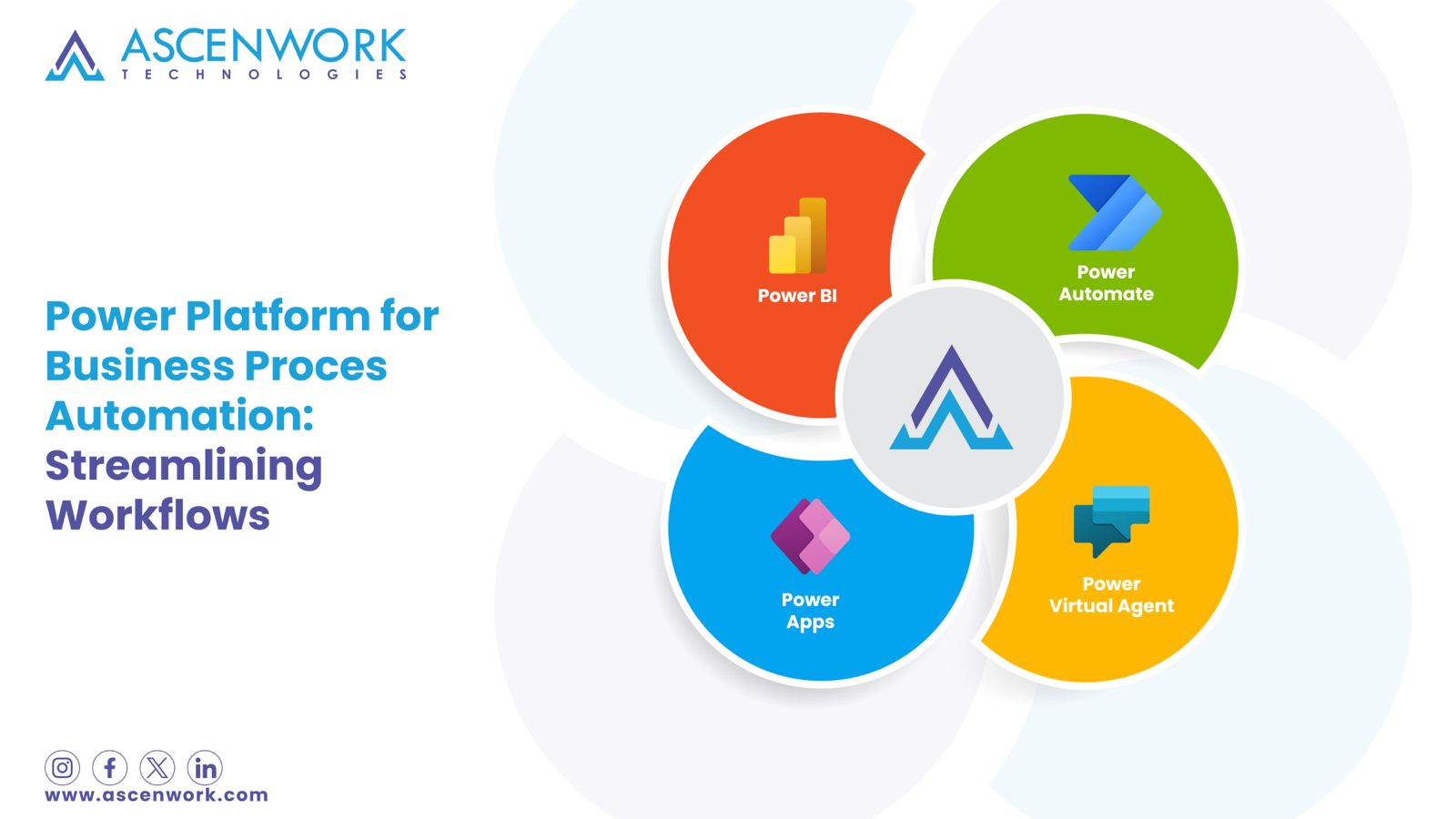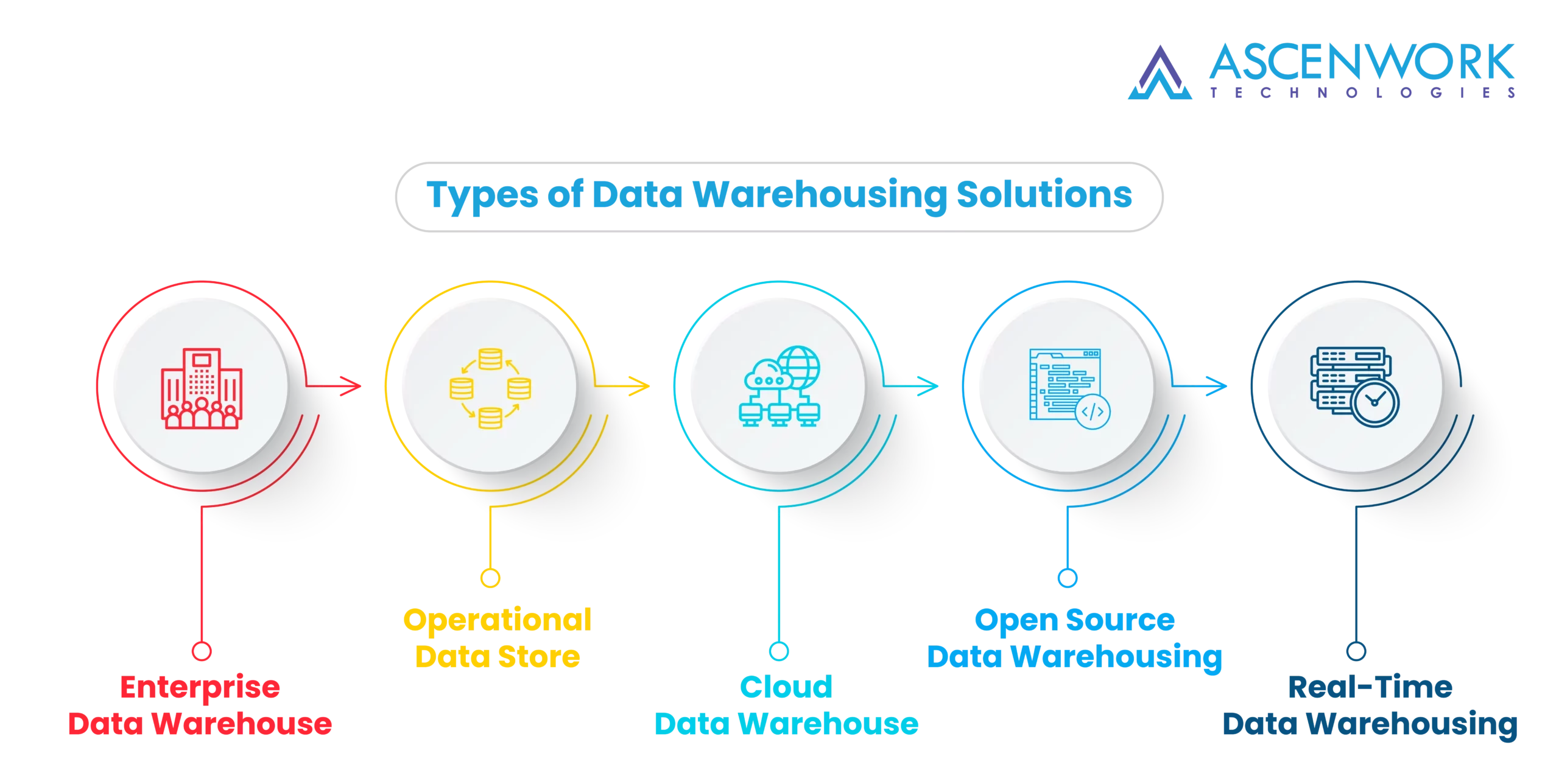
DevOps, undoubtedly one of the most transformative methodologies in the realm of software development, has revolutionized the way organizations conceive, create, and deliver their software products. In this era of digital innovation and rapid deployment, staying ahead of the devops competition necessitates the adoption of devops tools for best practices. Transitioning seamlessly from traditional development and operations silos to a harmonious and DevOps Practices culture is imperative for achieving success in the modern software landscape.
Understanding DevOps
Continuous Integration (CI) serves as the cornerstone of collaborative DevOps practices. CI involves the frequent merging of code changes from diverse team members into a shared repository, promoting early issue detection and smoother teamwork.
Understanding DevOps is fundamental to grasping the core principles that underpin its success. In essence, DevOps represents a revolutionary approach to software development and IT operations that seeks to eliminate traditional silos and foster a culture of collaboration and automation.
First and foremost, it’s important to recognize that DevOps is not merely a set of tools or a single methodology; it’s a holistic philosophy that transcends the traditional boundaries between development and operations teams. To delve deeper into this concept, let’s begin by exploring some of the key tenets of DevOps.
To start with, at the heart of DevOps lies the principle of continuous integration. This involves the frequent merging of code changes from various team members into a shared repository. Consequently, this continuous integration process ensures that potential issues are identified early in the development cycle, leading to fewer defects and smoother collaboration.
Core Principles of DevOps
In the pursuit of DevOps excellence, it is crucial to anchor our understanding in the core principles that define this transformative methodology. These principles serve as the guiding light for organizations seeking success in the dynamic realm of software development and operations.
Foremost among these principles is collaboration. DevOps tears down the traditional silos that often separate development and operations teams, emphasizing a culture of cross-functional cooperation. This collaboration not only facilitates better communication but also instills a collective sense of ownership over the entire software development lifecycle.
Simultaneously, automation stands as a pillar of DevOps. Automation significantly streamlines the execution of manual and repetitive tasks, reducing the scope for human error and boosting overall efficiency. By automating key processes such as testing, deployment, and configuration management, DevOps accelerates the pace of software delivery while enhancing reliability.
Key Practices in DevOps
First and foremost, embracing continuous integration (CI) is fundamental. CI entails the regular merging of code changes into a shared repository. This practice ensures that potential issues are detected early in the development cycle, fostering collaboration and reducing defects.
Simultaneously, continuous delivery (CD) plays a pivotal role in the DevOps landscape. CD automates the entire deployment pipeline, enabling swift and reliable software releases. This practice accelerates time-to-market and equips organizations to swiftly adapt to changing customer demands.
Benefits of DevOps
When exploring the realm of DevOps, it’s crucial to recognize the multitude of benefits it bestows upon organizations. These benefits not only underscore the value of DevOps but also illustrate how it can lead to resounding success in the dynamic landscape of software development and operations.
Enhanced Collaboration
Accelerated Development
Efficiency through Automation
Product Quality
Decision-Making
Enhanced Quality
Implement Test Automation
Test automation entails automating the process of running tests, which significantly enhances efficiency. Manual testing can be time-consuming and error-prone, whereas automation ensures that tests are executed consistently and swiftly.
Test automation enables the early detection of issues in the software development cycle. Automated tests can be integrated seamlessly into the continuous integration (CI) pipeline, providing rapid feedback on code changes. This early identification of problems leads to quicker issue resolution.
Automation is particularly valuable for regression testing. Whenever code changes are made, automated tests can quickly verify that existing functionality remains intact. This is essential in a DevOps environment where changes are frequent and ongoing.
Test automation aligns perfectly with the principles of continuous delivery (CD). It ensures that software can be reliably and rapidly deployed, as automated tests validate that the new code is error-free. This facilitates swift and dependable software releases.
Over the long term, test automation results in resource savings. While the initial investment may be required to set up automated tests, the reduction in manual testing efforts, time, and human resources is substantial.
Automated tests are consistent in their execution, reducing the likelihood of human errors. Moreover, they are reusable, which means that once created, automated tests can be used repeatedly, making them a cost-effective solution.
Essential Tools and Technologies
In the dynamic landscape of devops tools, understanding the essential tools and technologies is paramount to achieving success. Let’s delve into these crucial components through a structured exploration
Version Control Systems
Continuous Integration
Orchestration Tools
Configuration Tools
Communication Tools
Cloud Services
Future Trends in DevOps
AI and ML Integration
Serverless Computing
GitOps
Security as Code
Cloud Strategies
DevSecOps
DevOps streamlines operations, accelerates delivery, and enhances collaboration, giving organizations a competitive edge.
DevOps is a cultural and technical movement that fosters collaboration between development and operations teams to accelerate software delivery.
DevOps boosts efficiency, reduces errors, and ensures faster, more reliable software delivery, meeting customer demands.
Implementing DevOps involves collaboration, automation, and continuous improvement throughout the software development lifecycle.
A DevOps team ensures smooth collaboration between development and operations, focusing on automation and process improvement.


